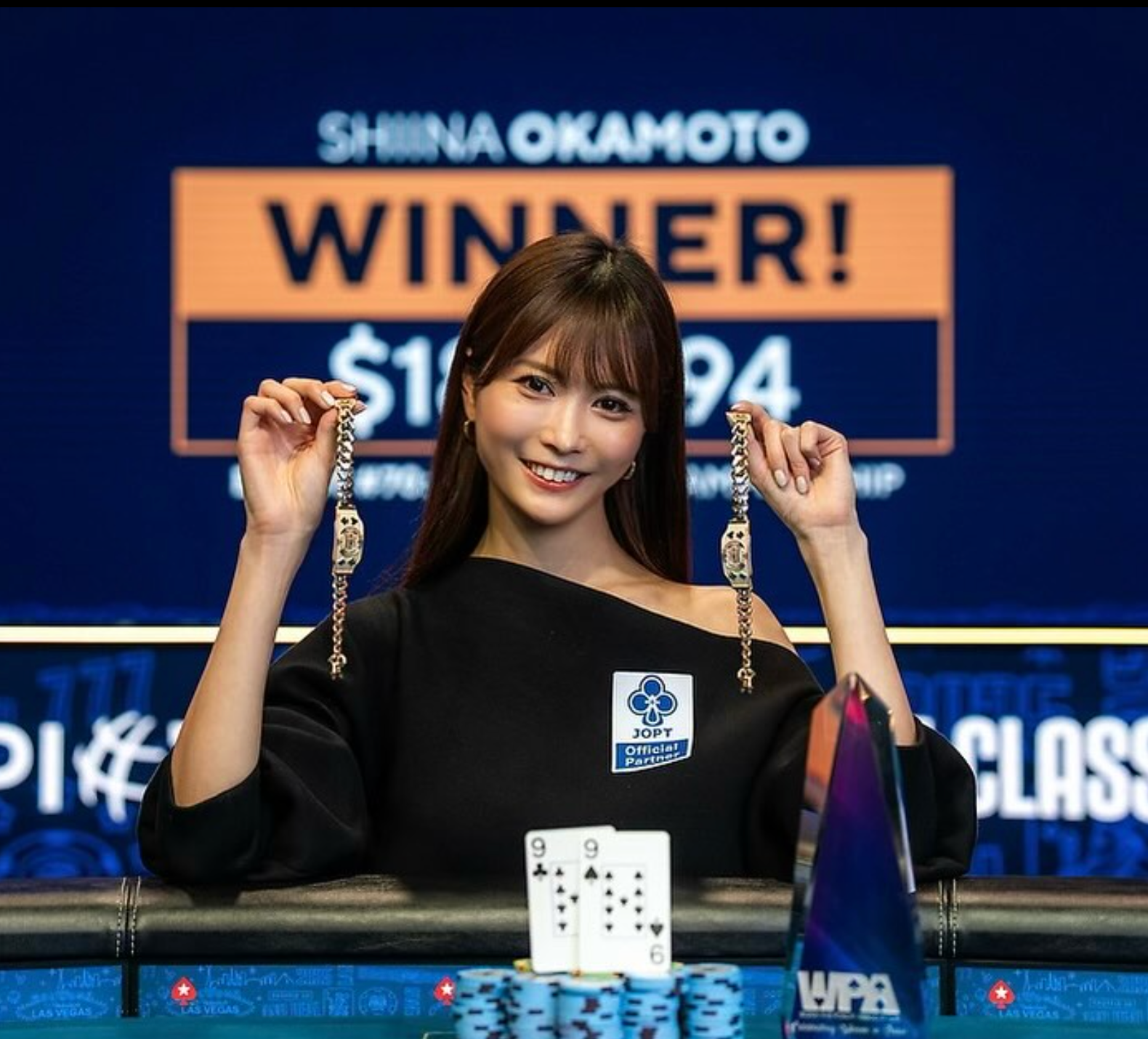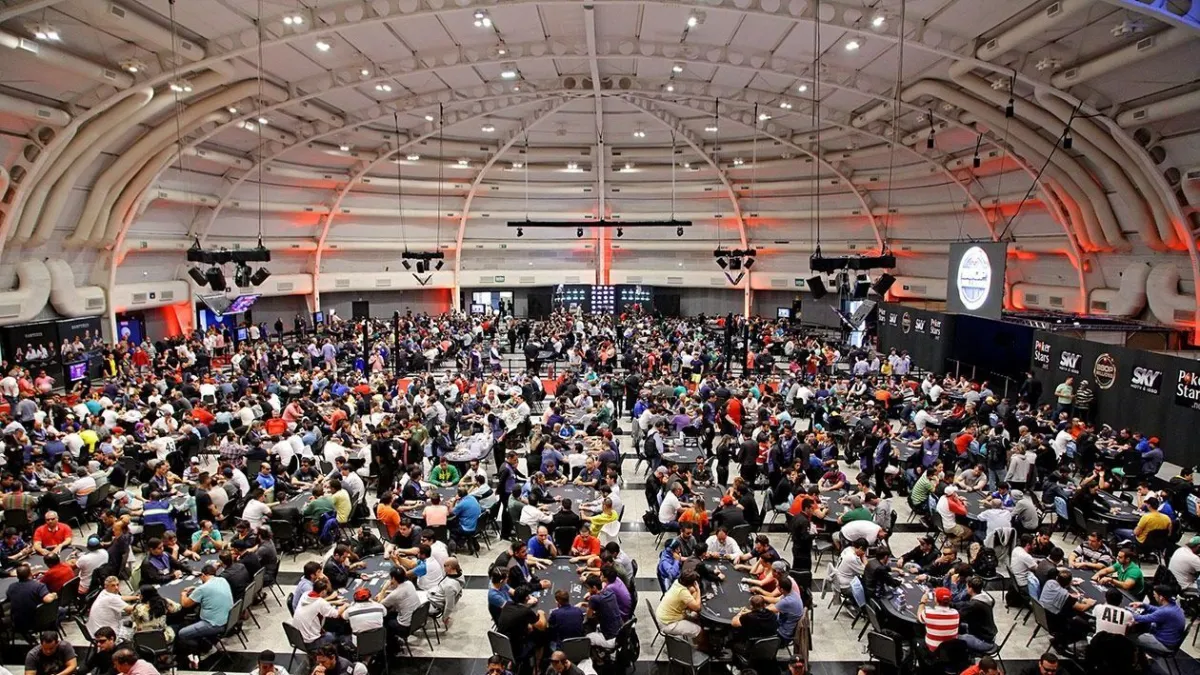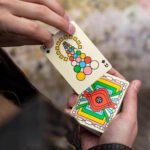The poker table is a stage. And, as on any good stage, every character carefully chooses their costume before stepping into the spotlight.
As the cameras adjust and the eyes of the world (or at least the stream) turn to that rectangle of felt, a new round of betting begins — not just in chips, but in style. In modern poker, fashion is bluff, statement, and encrypted language. And perhaps, just maybe, a way to tell a story before the cards are ever revealed.
It’s not new that clothing serves as a silent armor. In the classic Western scene, the poker player wore a wide-brimmed hat, neck scarf, vest, and boots — not just for flair, but to hide cards and intentions. Today, the codes have changed, but the goal remains: protect what you don’t want to reveal and, if possible, distract from what truly matters.
Have you noticed how some pros adopt a “uniform look”? Black t-shirt, hoodie, dark sunglasses. A near-monastic aesthetic that hides the ego and amplifies the mystery. Think of players like Phil Laak, poker’s “Unabomber,” who turned the hoodie into a ritual of invisibility. Or Daniel Negreanu, switching between branded athlete and the “friendly neighbor” with graphic tees — all calculatedly casual.
But there are also those who turn the table into their runway. Vanessa Selbst’s gold bracelets, ElkY’s (Bertrand Grospellier) almost conceptual looks — he looked like an anime character before anime was global — and the calculated elegance of Maria Ho, who understands that femininity at the table can be as lethal as an all-in on the river.
After all, what is fashion in poker if not a parallel narrative? A way of saying “I’m different,” “I’m dangerous,” “I’m unpredictable” — without uttering a word. Clothing is a tell. Or maybe, an anti-tell.
In the age of HD broadcasts, with close-ups analyzing facial expressions and breathing patterns, style has become part of the mind game. Poker fashion has evolved into branding. No surprise that sports brands, indie labels, and even streetwear houses are flirting with the scene. The line between player and influencer is blurrier than ever.
And there is also fashion as resistance. Women and LGBTQIA+ players have used clothing to assert their identity in a historically male-dominated space. Clothing isn’t just protection — it’s a statement. In a more critical reading, we could say that poker mirrors the tensions between anonymity and visibility, performance and authenticity — and fashion is right at the center of it.
As Roland Barthes wrote in The Fashion System (1967), “fashion is a language through which society speaks to itself.” If that holds true for the streets of Paris, it certainly holds true for the casinos of Vegas and the virtual felts of online poker.
In the end, every player dresses like someone building a character — which doesn’t make it false. Perhaps style in poker is the most honest way to show that this game is, above all, about narrative. And style, as we know, is what remains when you’ve already mastered the game.











